Ten Apples Up on Top- Teaching with Apples
Ten Apples Up on Top is an excellent early reader book with so many cross-curricular opportunities. Choose to teach this book in the fall, during prime apple picking season, or wait until March to help celebrate Dr. Seuss’ birthday!
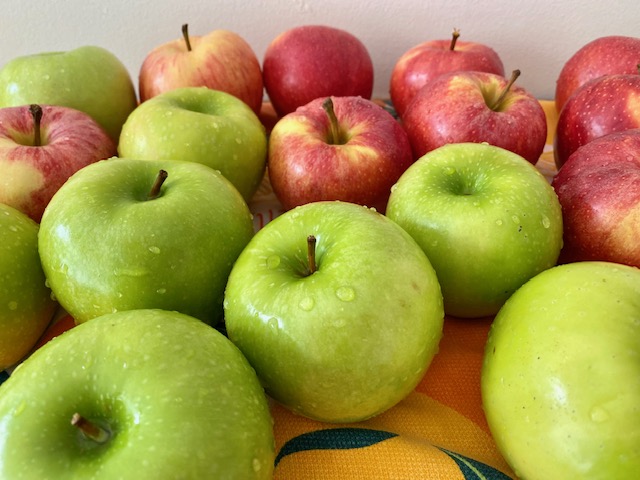
Do you have a copy of Dr. Seuss’ Ten Apples Up on Top? – Grab one here:
**I am an Amazon Affiliate, any purchases made from my site help keep this site going at no extra cost to you! Thank you!**
The best way to start an apple unit or introduce Ten Apples up on Top, might just be to go get some apples! In the midwest it’s an annual tradition to go to an apple orchard, pick some apples, and most importantly get apple cider donuts and cider! If you aren’t sure where your nearest orchard is, check out Orange Pippen’s orchard search website.
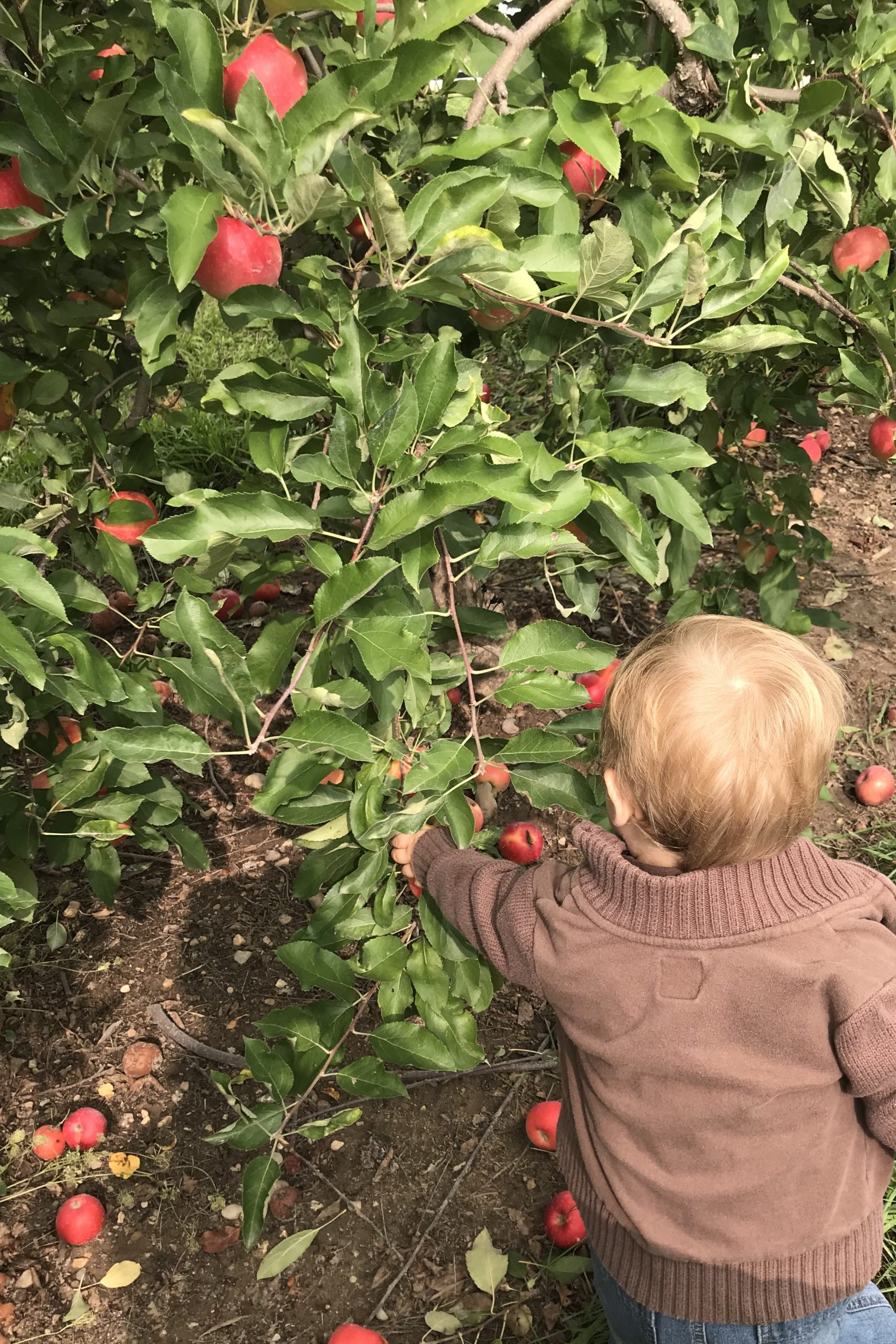
If you have toddlers at home, check out my week of apple themed curriculum available here.
Apple Math
Obviously a book with a number in the name is going to be a great teaching tool for early math skills. Practice counting from 1-10, forward and backward.
Gather that bag of apples from the orchard and have your child attempt to stack them! Count each apple as they add it to the pile. This is called one-to-one counting (assigning a number to each item, versus just saying the numbers in order). If you make it all the way to ten apples (which is quite difficult to do!) count down from 10 before knocking the pile over.
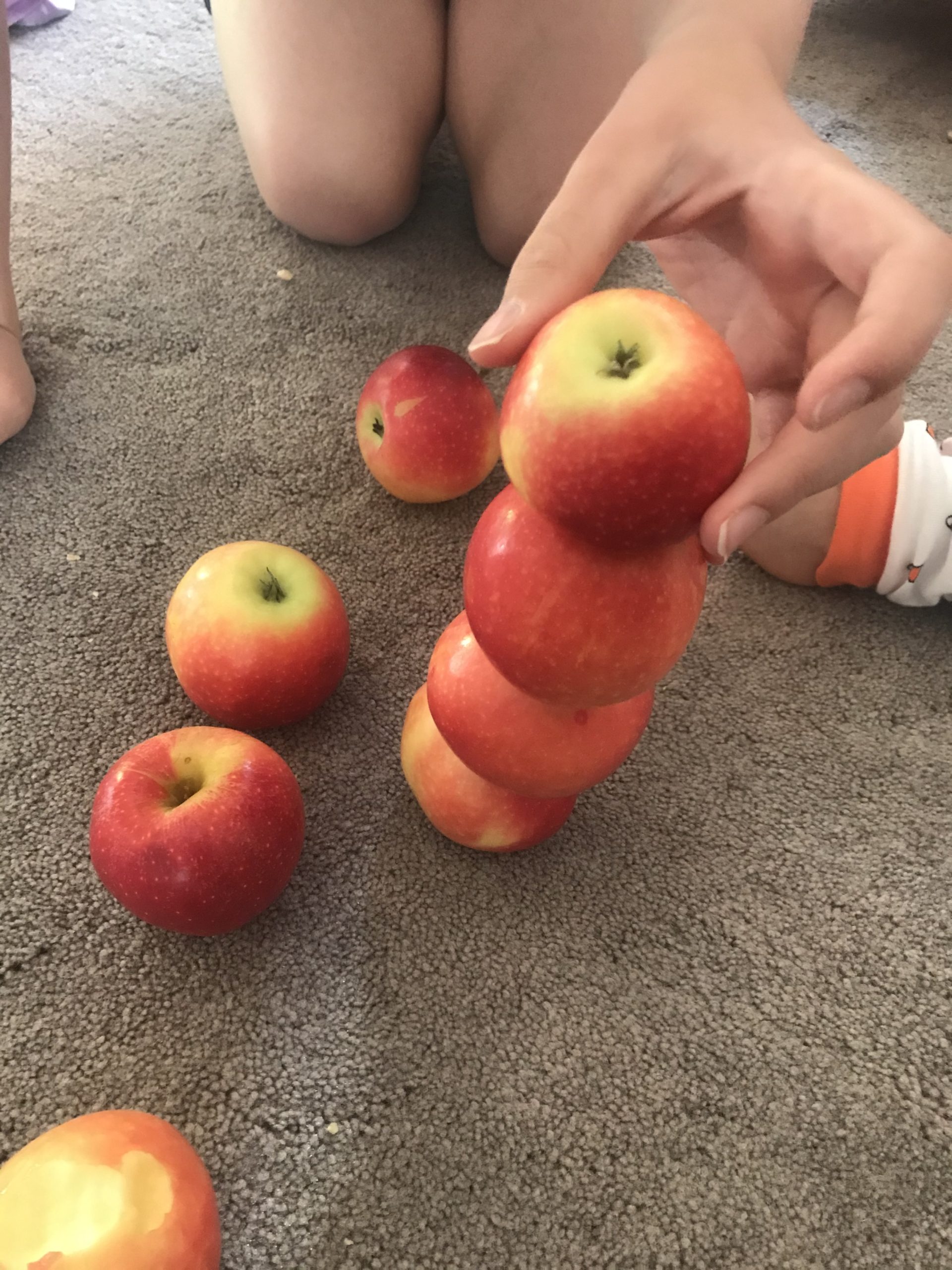
Did you pick a variety of apples or are you using this curriculum in a larger setting? Use this as an opportunity to introduce bar graphs! Graph the different varieties or colors of apples. Then be sure to use one-to-one counting to discuss the results. Need more bar graphing activities? Here’s one I made with teddy bears.
Once you are done enjoying the whole apples, you can also cut an apple open to count its seeds. Check out my Teachers Pay Teachers store for a great worksheet for this activity.
One-To-One Apple Seed Counting
Apple Science
If your child hasn’t completely bruised all of the apples by now, you can also use them for science! Have your child be a scientist and use their observation skills to describe the apple.
Apples are a great way to discuss life cycles. My apple sequencing worksheet is available here.
Are you reading Ten Apples up on Top later in the fall? Compare apples to pumpkins! How are they the same? How are they different?
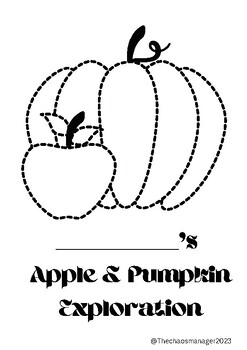
Apple and pumpkin exploration packet available here.
Will apples float or sink? Make apple boats to find out! Ask your children to make a hypothesis on if the apple boats will float or sink. Then, cut the apples into slices and assemble boats with toothpicks. Older children can handle the assembly independently, while preschoolers may need some supervision with toothpicks. Fill a large bowl with water and gently add the boats. Be sure to discuss the results and if they were the same or different than your child’s hypothesis. What happens if they add more apple slices to their boat?
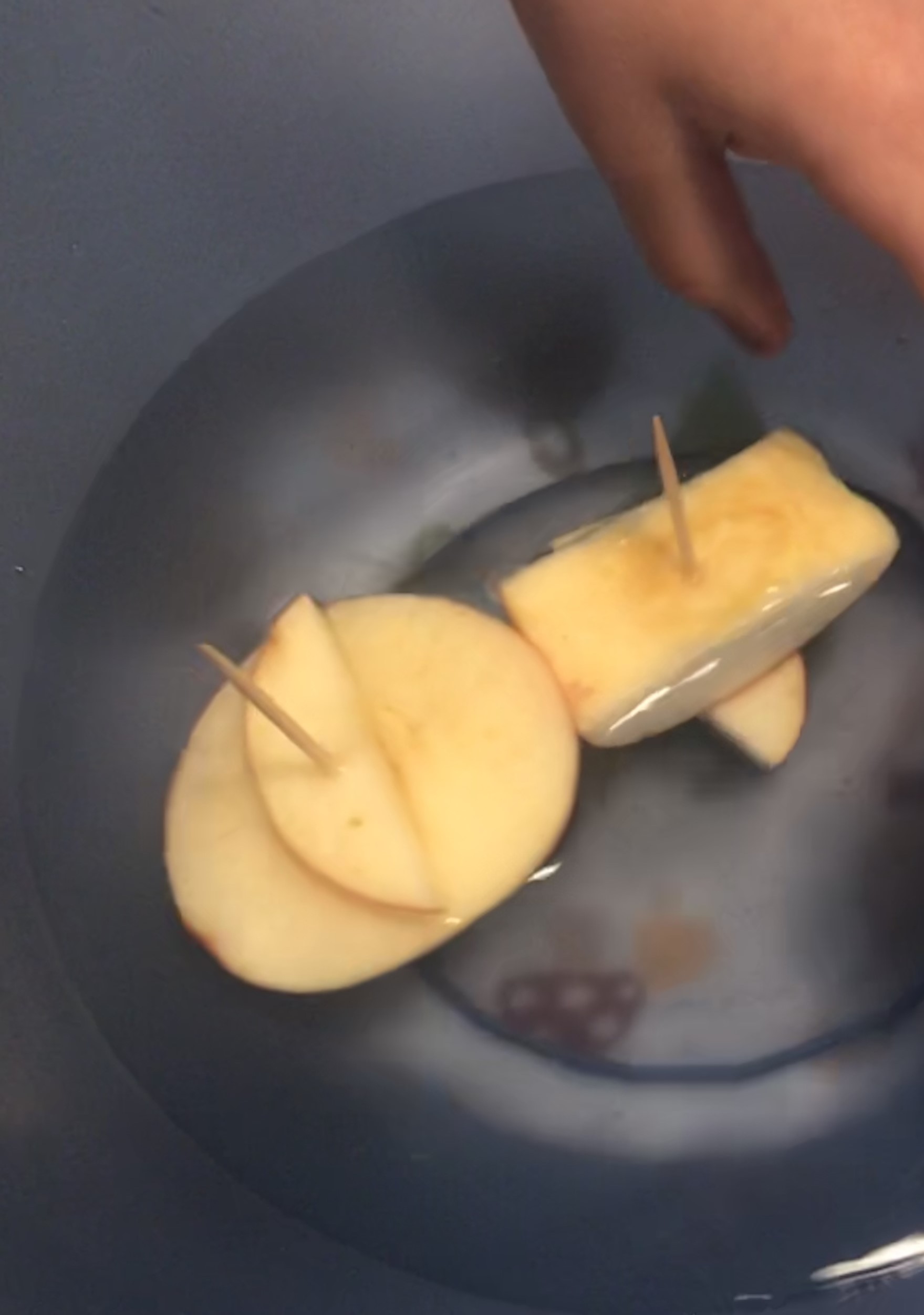
Cooking with Apples
Both science and math happen when we cook! Here is a FREE download of my applesauce recipe and fun apple rhyme!
I also have a great recipe for apple butter, as well as apple butter cookies. They were a big hit at my house this fall.
What comes after the cooking? The tasting of course! If you made the applesauce, you can use this as an opportunity to discuss the five senses. Of course there’s a corresponding worksheet for this activity as well-here.
Have you made it all the way through this list of awesome activities? Check out the bundle of all of my apple curriculum ideas on my Teachers Pay Teacher store by clicking here!


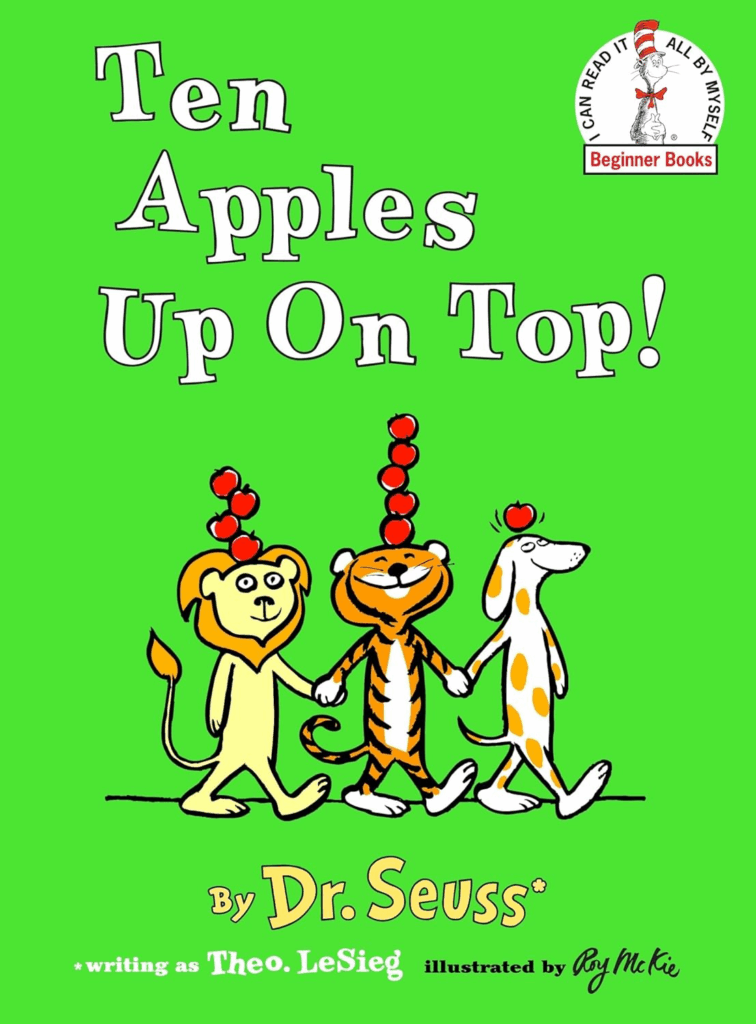
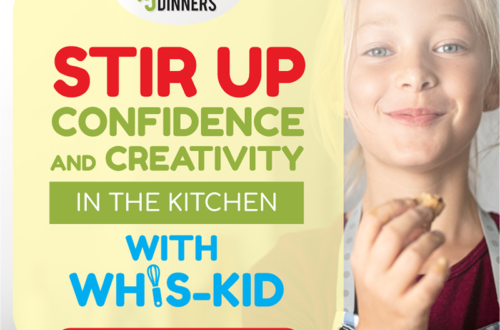
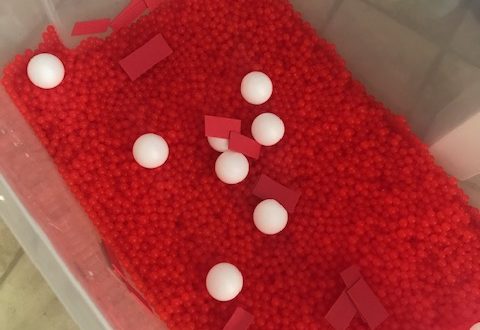
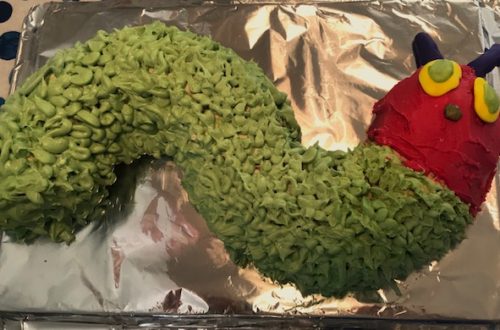
4 Comments
Pingback:
Pingback:
Pingback:
Pingback: